Introduction:
Gout is a complex condition that presents with various symptoms and underlying patterns, often requiring a tailored approach to achieve effective relief and prevent recurrence. Traditional Chinese Medicine (TCM) provides a holistic method to address the root causes and symptomatic expressions of gout through classical formulas, or “Jing Fang.” In this case study, I will present two online cases of male patients with recurring gout episodes who achieved significant improvements and sustainable relief using these time-tested formulas. This approach underscores the reliability and safety of classical Chinese medicine in treating gout, especially as an alternative to conventional medications that may carry substantial toxicity.
Case 1:
A 49-year-old male consulted for a long-standing history of gout, currently in an acute flare-up. His primary complaints were pain and swelling in the ankle and knee, with restricted movement in the left knee. Despite taking painkillers and other Western medications, he found limited relief. Other accompanying symptoms included sensitivity to cold, frequent urination, poor sleep, sticky bowel movements, and a decline in vision. His condition was approached with the TCM concept of “Bi Syndrome” combined with “Shaoyang Syndrome,” targeting both the systemic and localized issues with a classical Chinese formula. After seven days, the patient reported a significant reduction in pain. He continued treatment with four additional sessions for further symptom adjustment, resulting in complete pain resolution and notable improvement in his other symptoms. A six-month follow-up showed no recurrence.
Case 2:
A 30-year-old male, with a history of recurring gout episodes, reached out during an acute flare-up while on colchicine and painkillers. His main complaint was pain, redness, and swelling in the right ankle. Additional symptoms included sensitivity to wind and cold, loose stools, difficulty urinating, bitterness and dryness in the mouth, bad breath, sweating, and acid reflux. His tongue had a central crack with a thick, greasy coating, indicating phlegm-damp accumulation. Following a TCM approach that addressed both “Bi Syndrome” and “Shaoyang Syndrome,” with an additional focus on clearing phlegm and dampness, the patient began to experience gradual pain relief. After the first day, he no longer needed painkillers, and his condition continued to improve daily. After one month of formula adjustments, his pain completely disappeared.
Discussion:
Gout manifests with a variety of underlying imbalances, each requiring a unique therapeutic approach. Although these two patients displayed similar core symptoms, the second case involved more pronounced phlegm-damp symptoms, necessitating a tailored treatment. This personalized approach resulted in clear symptom relief in both cases, with improvements maintained over time. Unlike many anti-gout medications on the market, which often come with toxicity risks, classical formulas utilize safe and simple herbs. When applied according to each patient’s unique presentation, these formulas offer a reliable, stable solution for managing gout and preventing recurrence. This case study highlights the potential of TCM to address gout effectively, while minimizing side effects and promoting long-term well-being.
Case NO.101-102 @ Online
Note: TCM doesn’t ‘treat’ any certain WM disease name. TCM has its own system and method to rebalance the human body, release the symptoms and help the body truly recover on its own. TCM treatment methods and effects are different according to individual differences, and the sharing of the case study does NOT constitute treatment recommendations.
Published @November 5, 2024 | Author Max Ma | TCMDrMa All Rights Reserved


















Acupuncture Treatment for Severe Neck and Shoulder Pain in a Weak Female Patient
Effective Traditional Chinese Medicine Treatment for Severe Cough with Wheezing: A Case Study
Case study: Comprehensive Acupuncture and Herbal Treatment for Shoulder Pain with Difficulty in Elevation
Classical Formula Treatment of COPD in a 62-Year-Old Vietnamese Male
Case Study: Treatment of Suppurative Hidradenitis with Dan Zhi Xiao Yao San
Case Study: Post-External Pathogen Yin Deficiency Cough
Case Study: Acute Ankle Sprain and a Comparison of TCM and Western Medicine Treatments
Personalized Chinese Herbal Treatment for Elderly Patients: A Case of Frequent Night Urination, Premature Beat and Leg cramps
Bloating: The Application of Da Chai Hu Tang in the Treatment of Severe Abdominal Distention
Comprehensive Treatment of Chronic Pain with Acupuncture: A Case of Kidney Deficiency and Meridian Obstruction
Classical Formula Treatment for Emotional Dysregulation in a 9-Year-Old Girl
Pulse check Cases Collection (1)
[Case study] One case of lower limb edema in a 72-year-old lady
One case of classic formula ChaiXian Tang helping with no appetite
Kawasaki disease: One 3-year-old kid with persistent high fever and skin rash
[Case study] Multiple Illnesses (8 types) in 50-Year-Old Male Patient
A woman who had been taking Wu Ji Bai Feng Wan for bleeding for ten months
One case of tonsillitis in a 1.5-year-old child